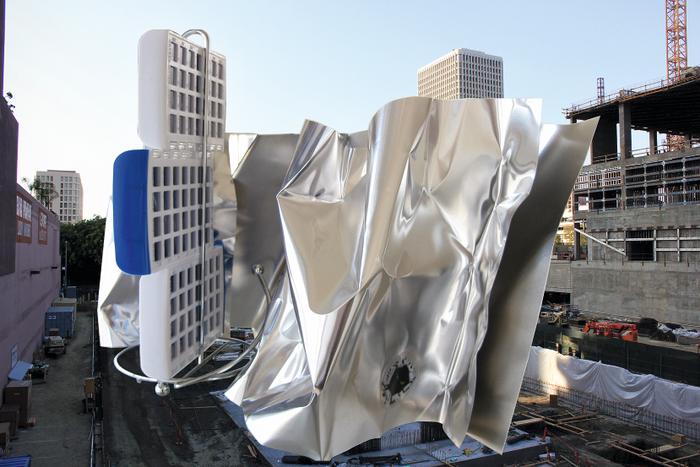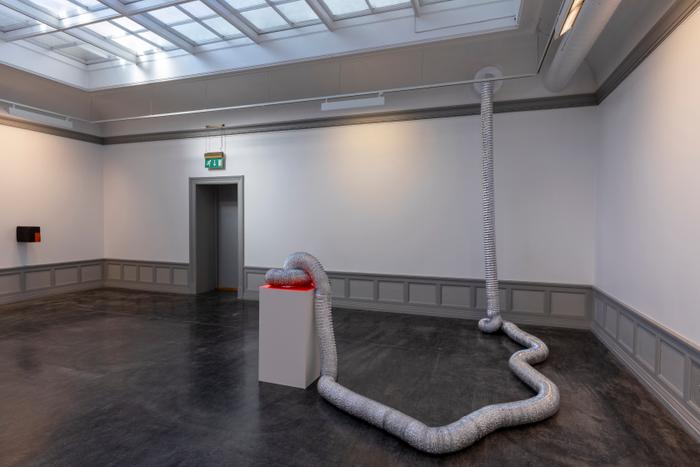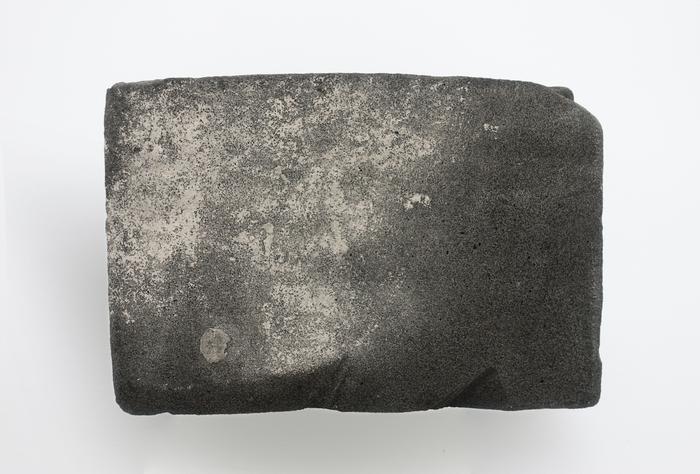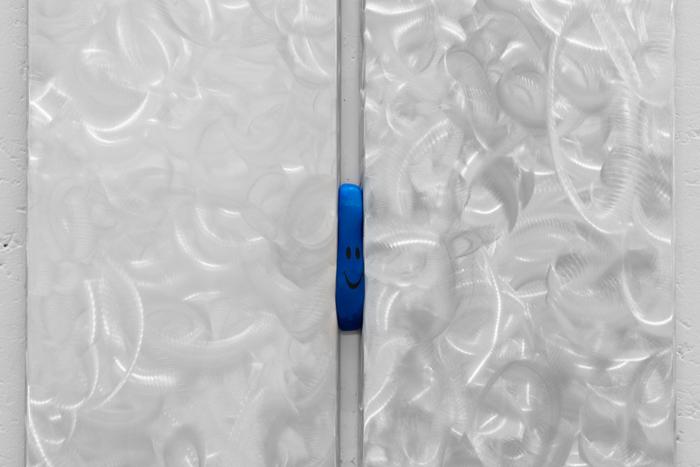
Marte Eknæs Frank O. Gehry Center for Surface Development (site 1) (2014) from the Artist’s book Formal Economy (2015) by Eknæs. Mousse Publishing.

Marte Eknæs Frank O. Gehry Center for Surface Development (site 1) (2014) from the Artist’s book Formal Economy (2015) by Eknæs. Mousse Publishing.
Marte Eknæs, Frank O. Gehry Center for Surface Development (site 1) (2014) from the Artist’s book Formal Economy (2015) by Eknæs. Mousse Publishing.
We are surrounded by surfaces: building façades, digital screens, textiles, plastics, and paint. We live on the crusty surface of our planet and within our tactile skin. Some even claim that the air we breathe is a surface. In Imagining for Real (2021) anthropologist Tim Ingold argues that the essential property of the surface is to withdraw and therefore that “scholars have long held surfaces in disdain”. Yet in the history of art and architecture, the surface has always played a fundamental role: from rock carving to ceramic glazes, from fresco paintings to lacquerware—the surface has been the site of profound symbolic, functional, and economic value. Additionally, the surface has been a fundamental theoretical and critical concern across fine arts, crafts, design, and architecture. From formalism’s faktura to phenomenology’s atmospheres, from the envelopes of architectural design to the grid in modern art, the surface has been connected to an endless number of concepts with dissimilar ideological, discursive, and philosophical implications.
Today, however, surfaces circulate in new formats. We are progressively surrounded by 3D‑printed surfaces, stimuli-responsive polymers, photocatalytic walls, new biomaterials, performance textiles, recycled composite surfaces, and antimicrobial coatings. For decades, scholars and thinkers in the humanities have argued for new material awareness in order to confront the deep-rooted ideology of material production and consumption. Yet if surfaces—as Ingold claims—habitually withdraw from attention and are often forgotten by scholars, there might be a void in understanding our progressively techno-natural, everyday surroundings.
Michael Amstad, Teaser for Formal Economy by Marte Eknæs (2015)
This open call asks, How do we think surfaces today? Are they living membranes, hermetic layers of superficiality, “hyperobjects,” systemic tissues, or something entirely different? Which symbolic, functional, and economic values do surfaces have in the age of the Anthropocene? And finally, how do we think surfaces today, both with and through art and architecture? How to make visible that which withdraws but still exists all around us, and perhaps with us?
Metode invites artists, designers, and architects to unite with researchers from the humanities to explore creative and risky ways of assembling new knowledge about surfaces through words and works.
Topics might include but are not restricted to:
· Intellectual inquiries of the status and material reality of the surface in the Anthropocene
· Historical case studies of surface circulation, how have surfaces traveled from local manufacture to global production systems?
· Critical studies in design, visual arts, or architecture of “new” types of surfaces (responsive surfaces, 3D printing, new composites, nature-based surfaces)
· Radical reuse and recycle strategies for including the surface in a circular economy
· Theorization of the intersections between materiality and immateriality
· New conceptualizations of the dialectics between “surface” and “deep” that will move beyond postmodern theory of the surface as a depth-suppressing trope
· Path-breaking theoretical attitudes that will move beyond new materialist interpretations of materiality
We seek experimental essays that are intellectually rigorous, visually compelling, and methodologically innovative. We encourage a consolidated research framework driven by cocreation, in which theorists and practitioners closely collaborate in the conceptualization, writing process, and visual experimentation.

Marte Eknæs, Insular 6 (2020) and Inhale (2020) from the exhibition ‘Air Conditions (Kunsthall 2025)’ at Kunsthall Stavanger 2020. Photo: Oddbjørn Erland Aarstad.

Marte Eknæs, Insular 1 (2018). Foamglas insulation from the construction site of the new National Museum, Oslo.
Submit full essays by 10 June 2022 to metode@r-o-m.no. We encourage contributions which 1) combine words and works in a creative way and 2) explore co-writing collaborations. The experimental essays should be between 2000 and 5000 words.
All submissions will be evaluated by Metode’s editorial board. If accepted, the authors will undergo an in-depth, transparent, and stimulating peer review process with the editorial board and affiliated scholars. Three work-in-progress workshops for selected participants will take place (digitally or physically) in August, September, and December 2022. Final contributions will be published on Metode in January and February 2023.

Marte Eknæs, Associate, 2020 (detail) from the exhibition ! at Efremidis , Berlin, 2020/2021.Photo: Marjorie Brunet Plaza